Helping Teachers Learn About New Media Practices (Part One)
/Jessica K. Parker's new book, Teaching Tech-Savvy Kids: Bringing Digital Media into the Classroom, Grades 5-12 manages to be visionary and pragmatic in equal measures. Drawing heavily on the work done by researchers affiliated with the MacArthur Foundation's Digital Media and Learning Initiatives, especially the Digital Youth Project, the book offers educators, especially classroom teachers, new ways of understanding young people's online lives and how the resources of new media and participatory culture can be effectively integrated into their pedagogical practices. The book brings together smart people -- researchers, classroom teachers alike -- to talk through the implications of our present moment of media changes on the kinds of learning which are taking place in school. The authors move deftly from considering the big picture to explaining specific activities which might be deployed in the classroom. I was proud to see some discussion of the work we've been doing through Project New Media Literacies sprinkled throughout the book and not simply because our Research Director, Erin Reilly, has contributed an essay on learning through remixing. I am using the release of the book this week as an excuse to bring together several key contributors to the volume, including Reilly and the book's editor Parker, for a conversation about the ways that this new research is challenging some of the assumptions that govern how teachers and administrators often respond to the potentials of new media and learning. And while you are at it, check out this rich website developed to provide teachers with resources around the book.
Can you give me a sense of your goals for this book? In some ways, it is translating or popularizing insights from the Macarthur Digital Media and Learning research for an audience of teachers. What do you see as the value of this research for impacting the decisions which teachers make everyday in the classroom, given, as you note, the primary focus of this research was on informal learning outside the classroom?
Jessica:
With this book, I wanted to invite educators, specifically classroom teachers, into this larger discussion of digital media and learning (DML). I felt that if I wrote a book for teachers my invitation needed to connote, "I trust you. Here is something that I want to share with you. I value your opinion and your insights." In the DML community, there is a sense that this current moment is a defining one. It is a profound moment. And I don't think my collective academic community has reached out enough to classroom teachers to say, "Join us in this moment." Join us--even though we may exist as researchers, educators, and mentors in different learning environments--join us as we analyze these important educational concepts and discuss how learning, literacy and knowledge creation and sharing are changing. Changing the culture of learning within schools starts with teachers.
I wanted to share this research with classroom teachers and listen to their responses. And yet, I realize that the book that I created with 28 collaborators will force educators to shift their perspective of learning by going beyond a normative understanding of formal education. I don't think this discussion will be an easy one: in fact, this book might take readers out of their comfort zones. And that is why it was important for me to "invite" teachers into this discussion. We desperately need this kind of philosophical discussion. In order to do this, I followed in the footsteps of the MacArthur Foundation and wrote a book that focuses on "learning" rather than "education" or "schooling." We must take a different angle on learning in order to see beyond the constraints of our own educational system.
I also wanted to avoid framing the book as a teacher's guide with a focus on one single subject with cut-and-paste activities for the classroom. This kind of thinking seems to promote an educational system devoid of curricular connections and deep participatory learning, and lacks application to everyday life. I framed the book as a philosophical discussion regarding learning in the 21st century in the hopes that we could take a step back from the everyday realities of the classroom and reflect on what it means to be an educator in these changing times. I know too well the teacher-mode of the treadmill, where from August to June I would run from unit to unit and chapter to chapter and miss making connections between topics, across disciplines or even daily lessons. We need to stop running on our treadmills and start asking serious questions about what it means to learn, to be literate, and to know something in a mediated culture.
In terms of the value of the research from the MacArthur Digital Media and Learning Initiative, it is an excellent opportunity for teachers to explore pioneering research in this emerging field. Additionally, I don't buy into the notion that informal learning and formal learning are completely separate entities that have no bearing on another. I realize that they usually exist in separate settings and have different properties, but as a teacher and a learner, I have always viewed them as fluid. I don't want to draw a line in the sand and promote one over the other or frame our discussions as an either/or issue; in fact, I advocate that we should learn, reflect on, and analyze both settings. This can only make us better teachers and--most importantly--better learners.
You frame the book around issues of what learning, literacy, and knowledge mean in the 21st century. While it is clear you want educators to continue to ponder these issues, you also clearly have some thoughts that guide this book towards certain answers. What do you know about these concepts at the end of the process of writing this book that you did not know before?
Jessica:
In my current work with pre-service and in-service teachers in Northern California, when I introduce the topic of reassessing learning, literacy and knowledge, it takes more than just reading research to unpack these issues. It takes more than just having a class discussion; it takes more than just testing out an idea in their own classroom. Analyzing and re-visioning these core educational concepts takes a lot of effort and it is really a combination of factors that allow teachers to really grapple with these topics: reading, discussing, experimenting and testing out ideas in their classrooms, and then coming back to our graduate class and reflecting and getting feedback from peers. This is a process that needs to be woven into the daily life of teachers--and it's hard to create time and space to accomplish this. We have to know ourselves as teachers and be willing to analyze our own philosophies of education. It's not an easy road to take but it is required if we are to rethink school-based learning.
Many teachers fear that new media practices -- such as texting - leave students less literate. Yet, your book challenges this presumption. How do you see new media practices changing the range of expressive opportunities available to students?
Maryanne:
With regard to new media practices making youth less literate, it's a version of an old argument that surfaces every time there's a new wave of practice. Each new wave of media practices encounters resistance. Literary scholar, Nina Baym (2006), chronicles magazine and journal articles from the early 1800's in which editors asserted the need for reviewers to exercise surveillance and provide direction to the newly literate masses who had taken up the habit of reading fiction. Novels were dangerous! There was a similar kind of backlash in response to comic books. If anyone had taken that criticism seriously we would never have the incredible array of graphic novels we enjoy today.
As Henry Jenkins has pointed out, the critical change in the latest of the new literacies is that of convergence. The problem with "either/or" thinking with regard to traditional and digital literacy is that it fails to capture the experiences of youth. The child who is reading a novel from a traditional text, or listening to it on her ipod, downloading it onto her e-book, and visiting a website where she can play a game as a character from the book, participate in a forum discussion, and answer challenge questions, is transforming the practices of reading and writing. The sad fact is that she is not allowed to bring her e-book to school, even though some of her classmates wear outfits that cost more than her Kindle. She only sees a computer when her teacher beats out the thirty other teachers attempting to sign-up for the school's only computer lab on Wednesday, after lunch. Though at home she rarely writes with a pen, during the school day it is the only tool she is allowed to use in most of her classes. Even her cell phone must be kept in her locker or it will be confiscated.
Phil:
Students express themselves through a variety of media. Kids are writing independently more now than they have since I started teaching in1992. What is new is the range of digital communication modalities that kids are adopting with zeal and creativity. That they are doing so using communication tools that are new to all of us and somewhat foreign to many teachers is immaterial. They are practicing the skills we teachers value on a daily basis. When teachers build on students' passion, they are capitalizing on an opportunity to help kids deepen both their use of communication tools and their understanding of (hopefully) relevant course content.
You note that teachers often want to be told how they can use specific technologies in their classes. But you argue that this is not an adequate approach to the potentials and challenges of new media. Explain.
Erin:
When technology was first being used in the classroom, everyone involved in the process (from the developers to the school administrators, to the teachers working with the students) tried to replicate one to one what was already happening in the classroom. But we learned that this is the wrong approach. Integrating technology into the classroom provides new practices and scenarios that don't exist when technology is not there.
On top of that, technology moves at such a rapid pace that to introduce teachers to specific technologies to use in the classroom would be doing them an injustice in better understanding how to incorporate new practices in the classroom. If teachers only learned how to use specific types of tools, they would not be prepared to adapt and negotiate new spaces and new innovations that continuously happen in this rich media landscape.
No one technology is the savior for the classroom. It's not about asking ourselves what technology should I be using but instead we should be asking ourselves, "What practices enable my learning objectives?" This shift in question will encourage teachers to not be betrothed to a tool but instead encourage acquiring the new ways of thinking and doing through participating in new forms of practices.
New Media Literacies (NML) is working with the state of New Hampshire on a project called the Early Adopters' Network. This is a group of teachers from schools across New Hampshire who we collaborate with through NML's Community to better understand our pedagogical approach and try new methods and tools to increase collaboration among educators. One of the participating New Hampshire educators recently wrote us a reflection on her experience, "No longer am I looking to transfer some tech skill for use of an application but facilitating thoughts and skills through them. It's funny, because I always thought I did this, but the reality was my model basically encouraged to seek support from a classmate. The activities and lessons themselves were not thought-provoking or designed to encourage collaboration."
Though I don't endorse teaching teachers specific technologies, I think its important to provide ample time during each week to play. Play is one of the new media literacies, and we define it as the capacity to experiment with one's surroundings as a form of problem-solving. What about setting up a digital tool playground for your school as part of your teachers' professional development and as a way for students to share their expertise with the adults in their lives? This would provide a new space for teachers and students to come together wearing different hats than what we see in the classroom. In an unstructured format, this digital playground would allow teachers and students to collaborate in new ways and make visible the value of the different expertise available right in their own school.
This is messiness at its best where teachers and students struggle together to better understand the social and cultural competencies and in a place where one isn't judged on outcome but on participation, teachers and students would have time to practice and reflect on what it means to be part of this networked world.
Jessica:
To reinforce what Erin said it isn't as easy as insert technology, out comes student learning. The excitement, sleekness, and allure of contemporary technology should not suggest that educators only have to incorporate laptops and webcams into their classrooms for students to magically acquire technical skills and understand academic concepts. We need an educational mindset that views technology as more than a mere tool--using technology in a classroom is in fact an application of a philosophy of learning. It is possible to incorporate digital media in a way that simply reproduces a particular kind of knowledge, a static notion of student identity, and a rigid understanding of teacher-student relationships. Viewing technology as both a philosophical issue and pedagogical practice offers teachers a way to avoid an overly deterministic approach to integrating technology.
Maryanne:
As a classroom teacher myself, I do not think that teachers want "canned" products that they can only employ in a particular way. Rather, they want tools and environments that can be used to extend and support the worlds they are creating in their classrooms. Excellent teaching involves a degree of risk and sadly today there are many constraints on teachers that keep them from trying anything new. Being too cautious can cause a teacher to miss the wave of enthusiasm that can generate real engagement in learning. I think that teachers need to look at how students use particular tools, how they participate in particular practices, how they act in particular virtual environments and then ask themselves, 'how can I use this to forward the subject I teach?'
I saw how much my students enjoyed instant messaging when it first became available to them and so I devised a project through which students used IM to discuss literature. The point is to try and play with the forms, bend the rules to serve learning in school. I made strict guidelines about IM-ing. I didn't want the conversations to be superficial. Students had to support their ideas with quotes from the text. There is a way of balancing the excitement of a new practice with the rigor demanded by a particular discipline.
With regard to specific uses of technology in classrooms we should be wary of practices that standardize student investigation and expression of knowledge. What the five-paragraph essay has done for writing, the powerpoint has done for presentations. Standardization of practices kills innovation as well as what we used to call "voice" in writing. While we want to introduce practices that help students organize their thinking, we also want to ensure that students will have opportunities to exercise agency in their own educations. I worry about this with regard to virtual worlds. Quests and adventures could be very exciting narratives through which students might learn all kinds of subjects, but there also needs to be studios and stages, places where young people can determine how to use the environments.
After an initial surge of interest, many schools have started to dismiss virtual worlds such as Second Life as potential distractions from the learning process. What was missed in this first wave of experimentation with virtual worlds for education? How valuable are such immersive experiences for learning? Which educational groups have been most effective at deploying virtual worlds?
Maryanne:
Of the reading I've done, the most interesting work has been in the field of medicine, not only with technical training but through experiments with virtual patients. Studies indicate that pre-service health care professionals respond to virtual patients as they would to actual ones--they have physical responses of anxiety and empathy when interacting with virtual patients.
With regard to virtual worlds, I think we will learn important lessons from Second Life. Before the recession there were 50+ virtual worlds emerging. I'm hopeful that we'll see lots of innovation in the development of immersive environments. What I envision happening is that schools and perhaps individual teachers will have access to virtual environments that they will be able to customize for their own uses. In the meantime, teachers should investigate virtual environments of all kinds, but especially immersive ones in order to experience how their literacy practices change when one dons an avatar. In Second Life, a teacher could join the very large and active education group and participate in virtual conferences and programs, in order to familiarize themselves with the possibilities. Teachers can visit http://simteach.com to get started.
Maryanne Berry enjoys a high school teaching career that has spanned a
quarter of a century. The longer she teaches, the more fascinated she
becomes with the ways young people learn. She is currently a doctoral
candidate in the Graduate School of Education at U.C. Berkeley
Phil Halpern is the lead teacher of Communication Arts and Sciences, a
small school within Berkeley High School, where he teaches a variety of
English and communications classes. He traces his interest in media
education to the weekly television news program he helped produce while in
high school back in the earliest days of videotape.
Erin B. Reilly is the research director for Project New Media Literacies
first at MIT and now at USC. She is a recognized expert in the design and
development of thought-provoking and engaging educational content powered
by virtual learning and new media applications, known best for her work
with women and girls in Zoey's Room.
Jessica K. Parker is currently an assistant professor at Sonoma State
University, and she studies how secondary schools integrate multimedia
literacy into academic literacy learning. She has taught middle school,
high school, and college students for over a decade and has also created
and taught professional development courses for teachers.


![Reblog this post [with Zemanta]](http://img.zemanta.com/reblog_e.png?x-id=3a2cd20d-c2e4-4294-aa7e-9f5b6edf96d9)
![Reblog this post [with Zemanta]](http://img.zemanta.com/reblog_e.png?x-id=df5da5da-e80b-48d2-aa66-39488916b917)
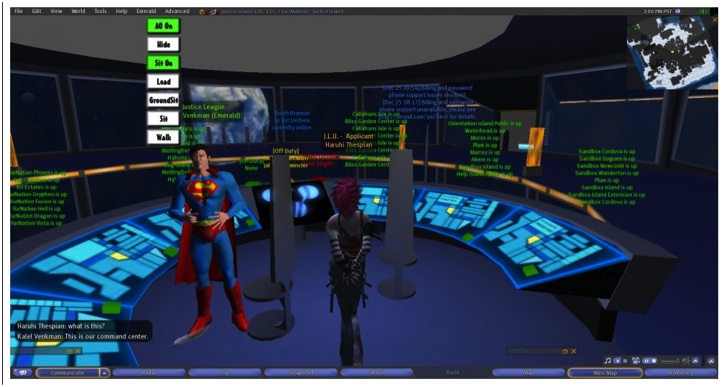
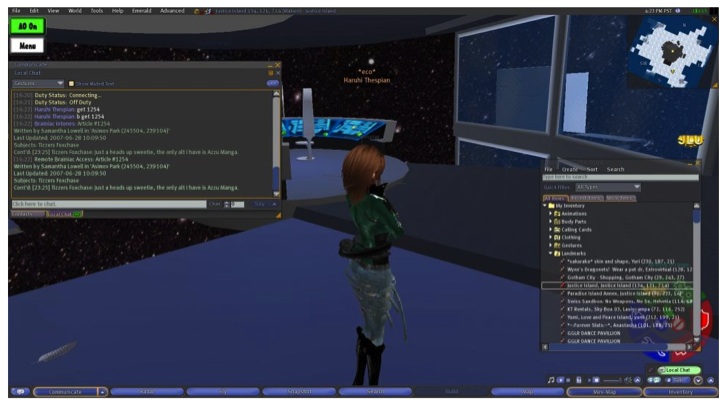

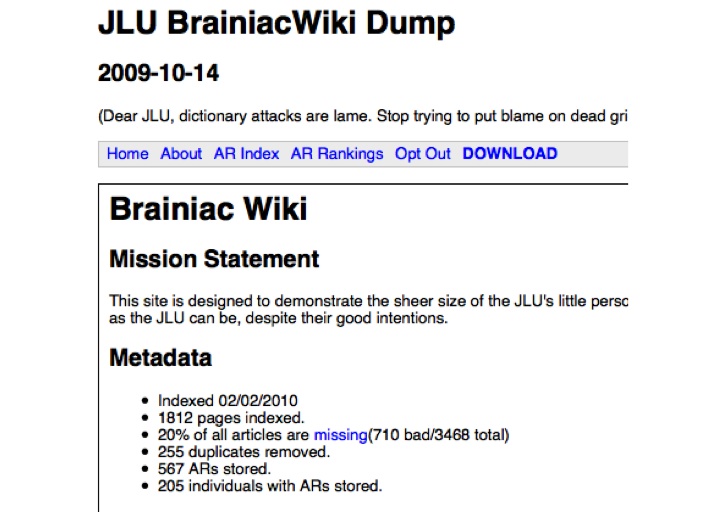

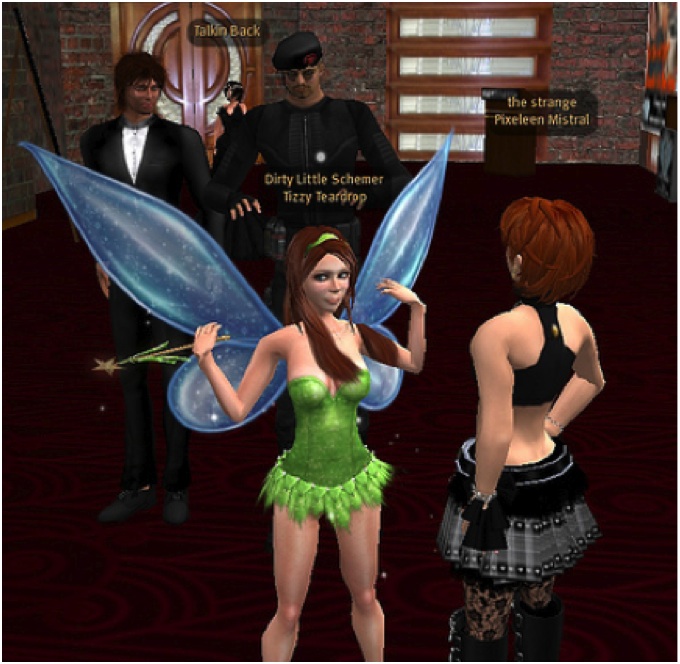
![Reblog this post [with Zemanta]](http://img.zemanta.com/reblog_e.png?x-id=185a3a03-6241-46e9-8e94-94f87355ac95)
![Reblog this post [with Zemanta]](http://img.zemanta.com/reblog_e.png?x-id=740a4070-74a1-4660-aab4-75a575e1dc7d)
![Reblog this post [with Zemanta]](http://img.zemanta.com/reblog_e.png?x-id=ffbee125-80c5-4d0d-8a51-3bd6cd3b2514)
![Reblog this post [with Zemanta]](http://img.zemanta.com/reblog_e.png?x-id=200fc9d0-d5b9-405d-b9da-5aa5d7a2dfd5)
![Reblog this post [with Zemanta]](http://img.zemanta.com/reblog_e.png?x-id=e9b393a2-102e-48b8-bb6b-bc38a5d4e2b0)
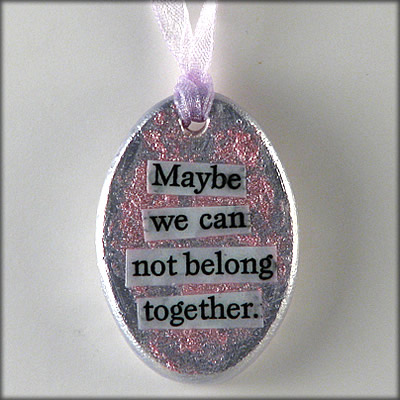
![Reblog this post [with Zemanta]](http://img.zemanta.com/reblog_e.png?x-id=39752049-a5c5-4d68-a4e0-619c76c55cc9)